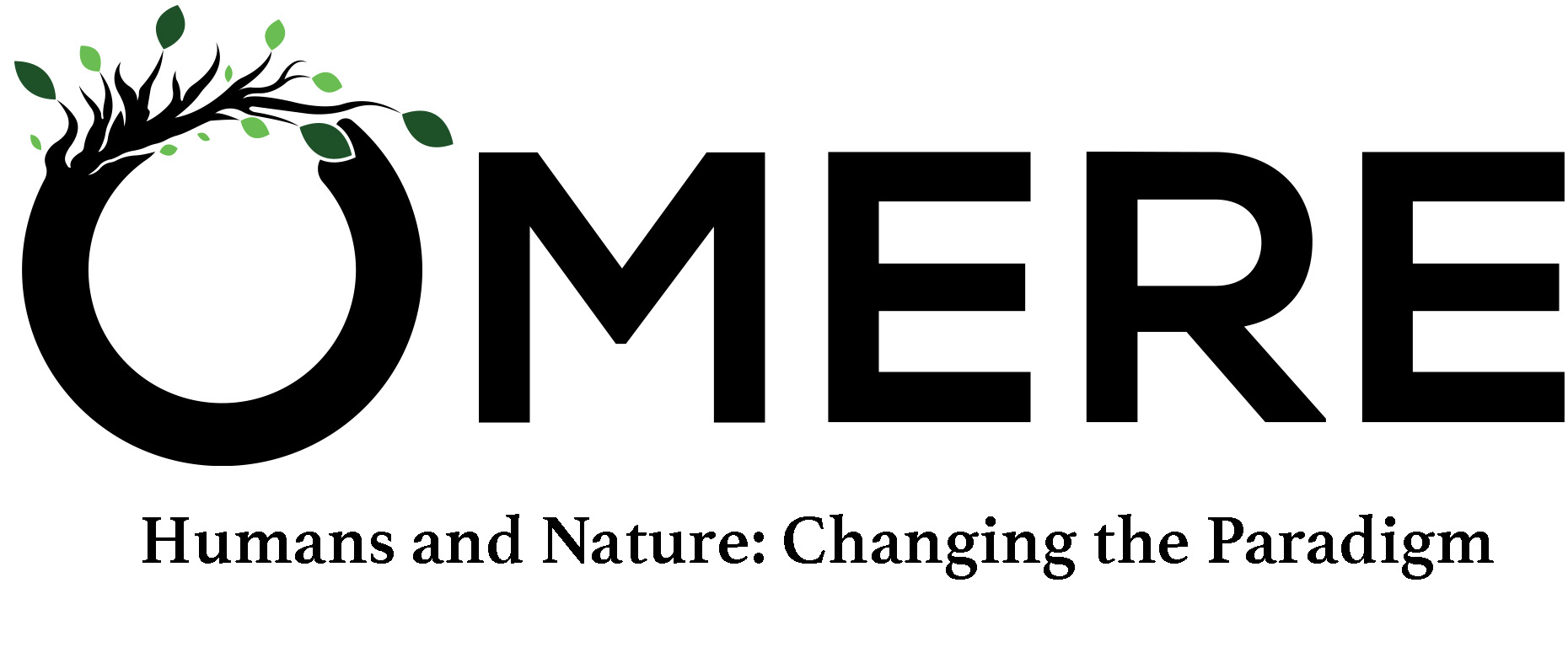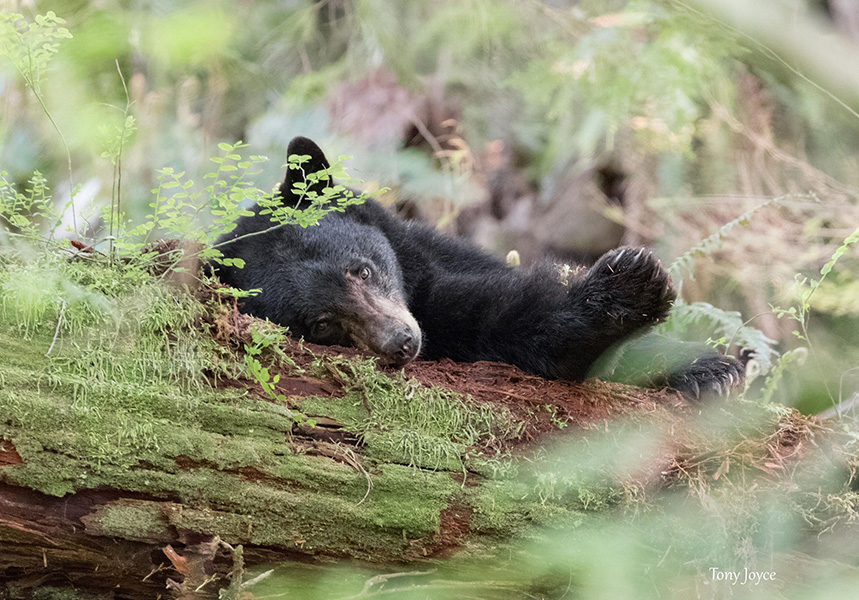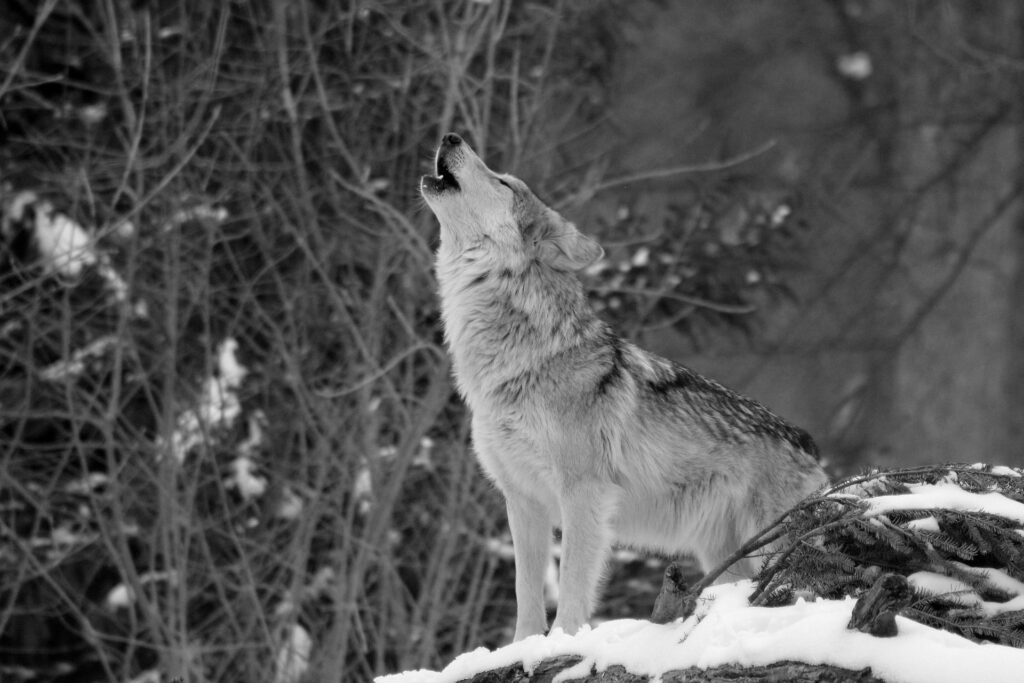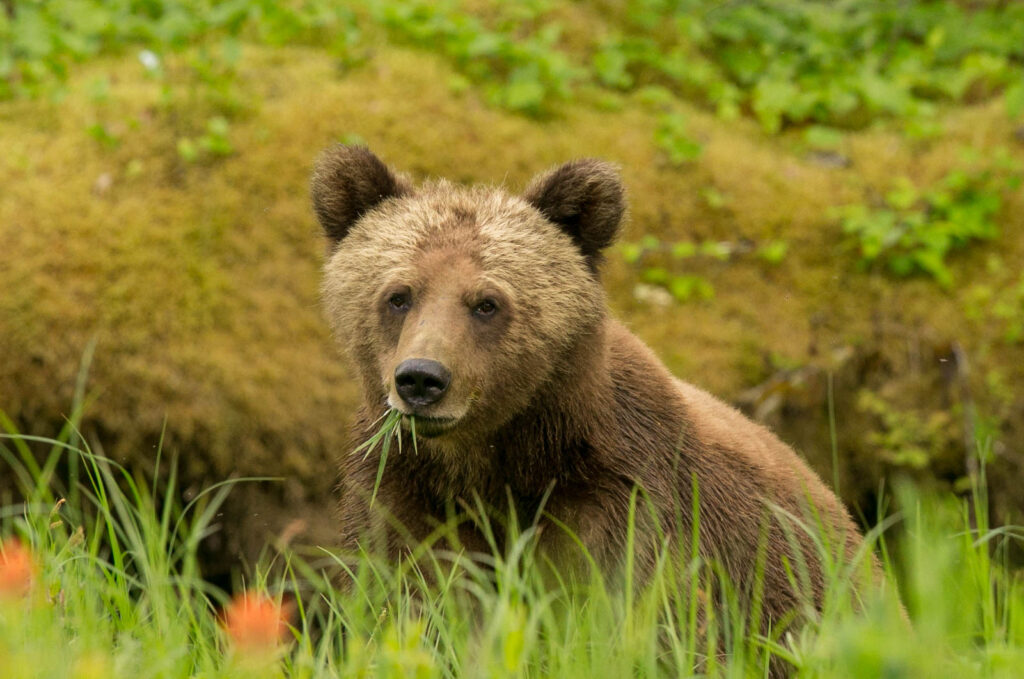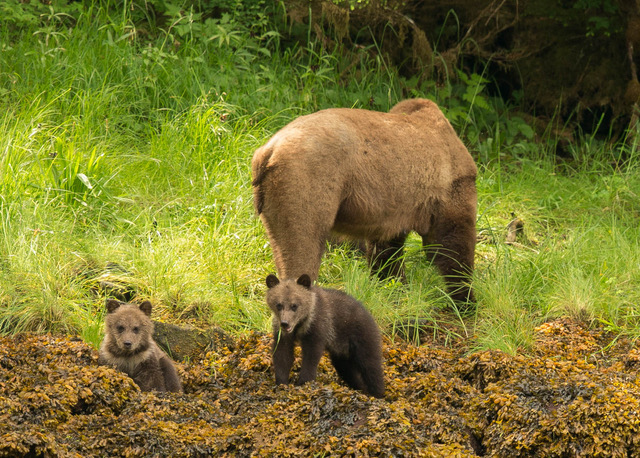Black bears can be both a thrilling and feared presence in urban neighbourhoods. In the vast majority of cases, the risk that they pose to the public does not warrant lethal management.
The notion of coexistence with wildlife is an aspirational goal but, in British Columbia, it is soaked in blood. Between 2011 and 2020, nearly 5,000 black bears were killed by the Conservation Officer Service (COS). In 2020 alone, 628 black bears have been shot. Most of them lost their lives merely for having come into contact with people or food attractants. Their deaths have not been accidental occurrences, nor have they been caused by panic-stricken citizens shooting animals with their rifles. No, in British Columbia, killing black bears is a highly structured and systematic endeavour. It also reveals the flawed ways in which humans evaluate and react to risks.
Yes, black bears can pose a risk to people, and the possibility for an encounter to turn violent does exist. They are, after all, powerful wild animals. Rare circumstances originating from a bear, the environment, or a human can lead to injury or even death. That’s why compassionate conservation insists on a comprehensive approach that supplements a non-lethal resolution to human-bear interactions with education and “conflict” prevention. It is more, however, than the current wildlife policies and procedures are willing to incorporate. Failing to address the complexity of the challenge, they insist, instead, on raising a rifle as the modus operandi.
And, indeed, the criteria for killing a bear are ruthless. According to the “Bear Conflict Response Matrix” that guides the BC Conservation Officer Service, a bear that ventures beyond its increasing shrinking habitat and shows any signs of vaguely-defined “habituation” and “occasional” feeding on non-natural foods poses a danger to human life. In a precautionary manner, in the name of public safety, it needs to be “destroyed”.
Those who oppose a lethal approach to human-bear interactions are labelled as uninformed, reckless and emotionally driven. Their calls for compassion might come from the goodness of their hearts, but they are nevertheless viewed as deficient in reasoning and scientific background. Compassion is perceived as another manifestation of the immature “tree-hugging” movement. What’s worse, it is argued, the irrational emotions underpinning the opposition to killing “problem” bears can undermine conservation officers’ efforts and, if allowed to take hold, will pose an even greater risk to the public.
The emotional brain and the rational brain
The veracity of such claims collapses under scrutiny, however. Certainly, it is true that our reactions to the external world involve emotions that, at times, might be maladaptive. The complexity of the human brain does not presuppose infallibility. A part of the problem results from differences in functional priorities. Although we have one brain that rules our physiological functioning and generates mental processes, its structure reflects a clear division of labour.
In metaphorical terms, we walk around with two brains housed in our heads: the instinct-driven, emotionally-charged primitive brain that our early ancestors relied upon and the later evolved frontal cortex that privileges logical thinking. Both brains influence us, and, in ideal circumstances, reinforce each other to properly guide our actions and behaviour. Neither of them is perfect or infallible. The emotional brain can save our lives by allowing us to sense danger before more logical processing takes place. It generates, however, phobias and other kinds of irrational thinking. Of course, both compassionate conservationists and conservation officers employ both brains in approaching the challenge of human-bear interactions. Here, however, the similarities end.

Ironically, it is the conservation officers — and not those who call for peaceful coexistence with bears — that allow irrational emotions to justify their actions. Indeed, despite claims of science-based reasoning and objectivity, the COS policies and procedures give preference to the emotional brain. Killing black bears to deal with human-bear encounters can only be explained as a judgment guided by fear. The vividness with which a bear attack is imagined and dread such a mental image generates make shooting a bear seem justifiable.
We are wired to be especially sensitive to a threat that we can vividly imagine and that fills us with dread. Such alertness to visually frightening dangers undoubtedly evolved in response to the need to react readily to a deadly predator, be it a sabre-tooth-tiger or a lion. Many thousands of years have passed since then, and threats to human life have drastically changed. Still, however, in spite of the changing environment, this part of our brain has not evolved much.
Bear encounters and anticipatory emotions
In this light, what happens to black bears in residential neighbourhoods makes tragic sense. The misfortune of black bears stems from them fitting so perfectly into the predatory image that our emotional brain is programmed to react to. The very vividness with which we can imagine the claws and teeth of the bear tearing our fragile bodies to shreds activates the amygdala and sets in motion the fight-or-flight response.
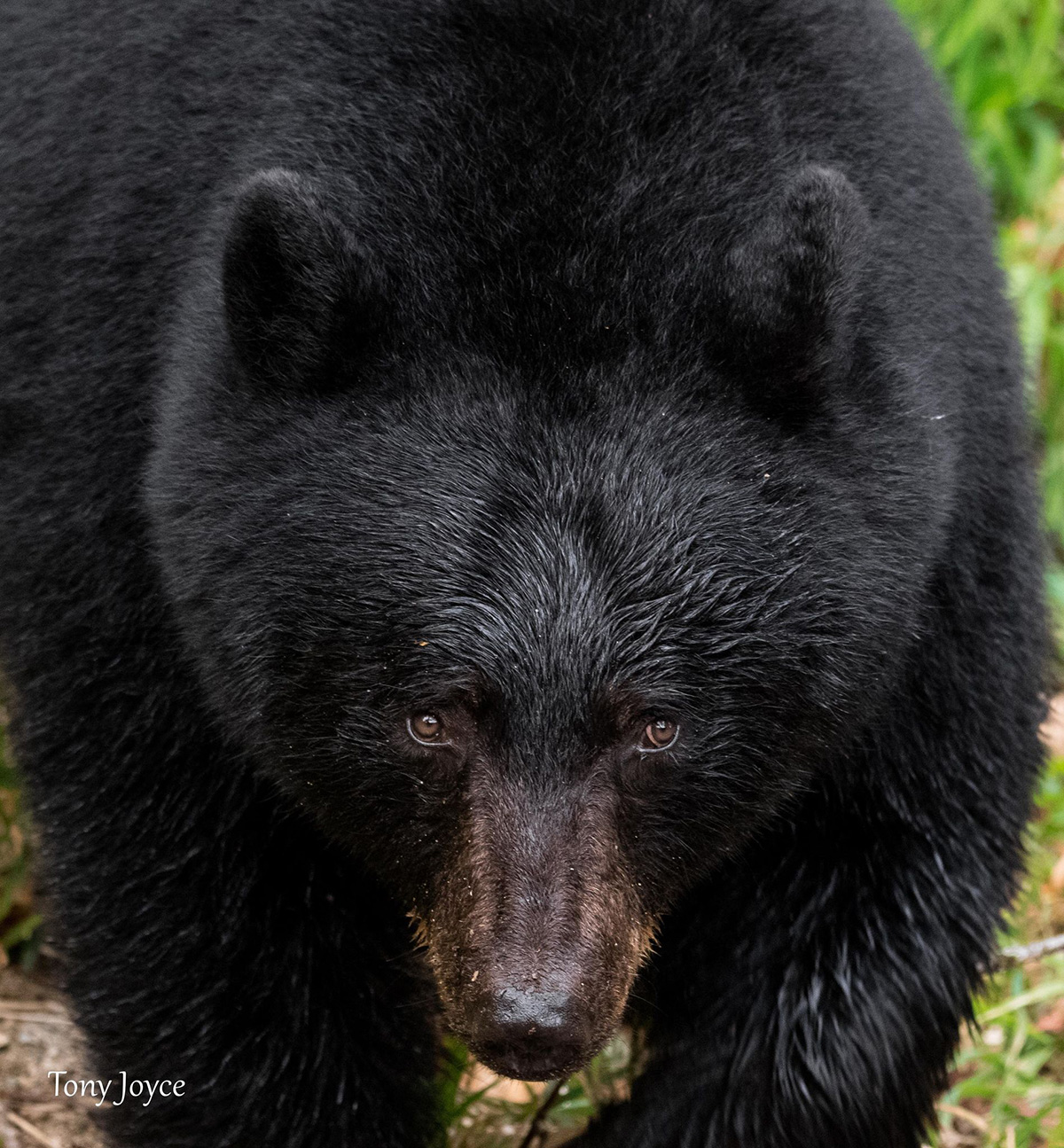
As research shows, our emotional reactions while contemplating a future risk, so-called anticipatory emotions, overpower the cognitive analysis of the likelihood of such risk in decision-making processes. This phenomenon explains why more extreme measures are employed to prevent human interaction with black bears than with moose, even though a moose is a large and potentially dangerous animal.
A bear isn’t, however, a moose. It doesn’t look like a moose. A study led by McDonald found that, despite being aware of potential risks, 92 percent of residents in Prince George, British Columbia, welcomed seeing a moose in their neighbourhood, while, in the case of black bears, only 36 percent of the residents expressed the same sentiment. As Annie L. Boot and Daniel A. J. Ryan state, “clearly people are more comfortable with herbivores, no matter how large, versus creatures with fangs and claws.” It is this projected ferociousness or aggressiveness — so at odds with reality — that dooms the bear. Only the bear evokes vivid images of carnage and engenders intense feelings of dread that overwhelm our calm reasoning and provide an implicit rationale for lethal management plans.
The fear of the unknown
The management of human-bear interactions also falls prey to the magnified fear of the unknown. In contrast to car accidents, drownings, or even dog bite cases, tragic encounters with black bears are exceedingly rare. Ironically, it is their very rarity and unlikeliness that heightens the danger. We are just not accustomed to them. Due to their infrequency, they haven’t formed an inalienable part of our daily life the way that the tragic consistency of car fatalities has.
That is why, when an injurious encounter with a black bear does occur, its novelty attracts attention. Suddenly, the incident saturates both the mainstream and social media and falsely enhances the story’s significance, which, in turn, distorts the extent of the societal risk. And, finally, the distorted risk perception permeating the public puts pressure on government officials to do something, even if this “something” has more to do with mollifying media-inflamed fears than with ensuring safety.
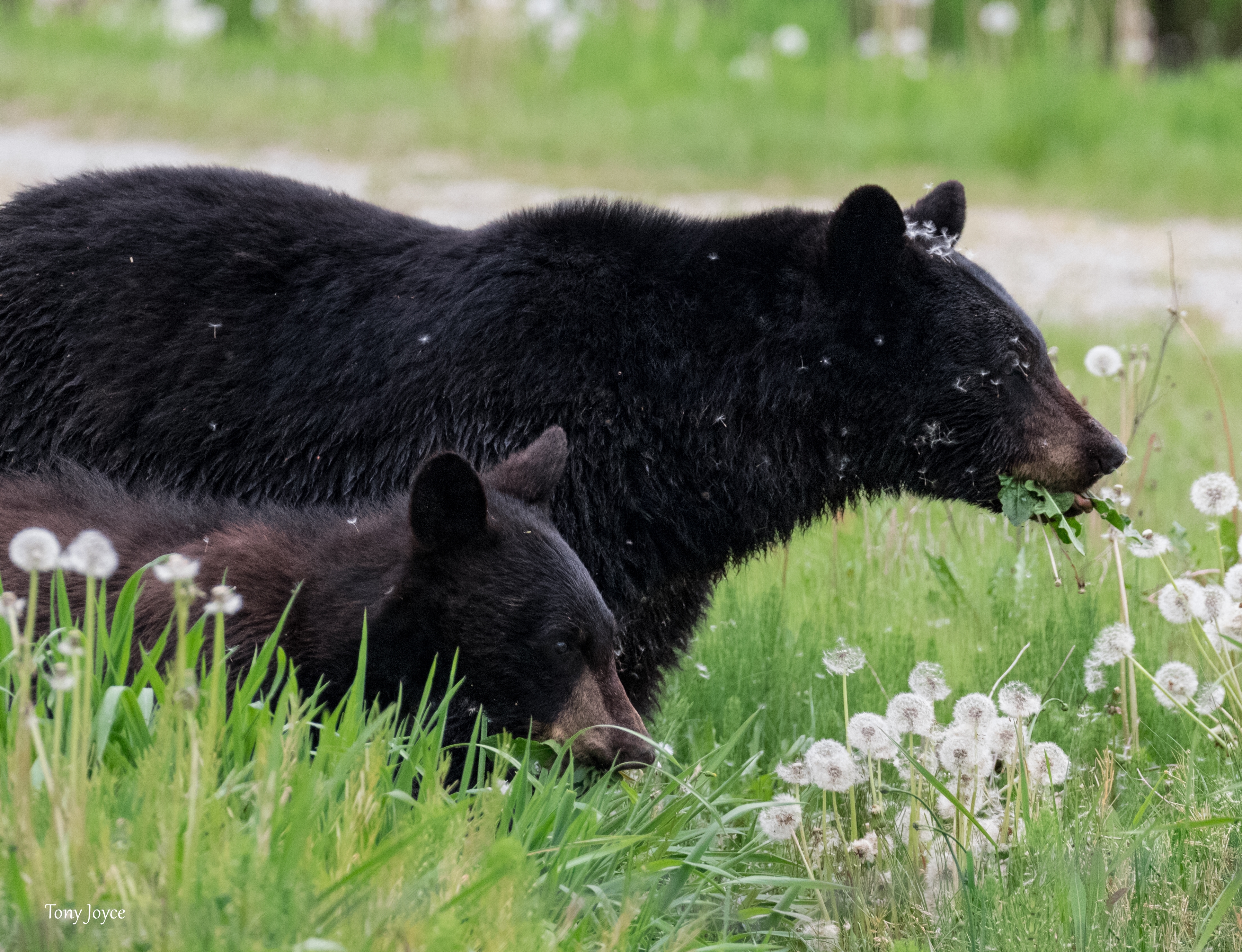
Unfortunately, bears are particularly well-suited to engendering the fear of the unknown. Vividness, dread, and rarity coalesce to blow the danger of a bear encounter out of proportions.
Interestingly, research demonstrates that vivid and dreaded risks are insensitive to probabilities. Once the likelihood of an occurrence rises above zero, the risk becomes firmly and intensely ingrained in the public consciousness. At this point, arguing a low probability of an attack becomes fruitless. The emotional brain dominates the rational one.
And, indeed, in British Columbia, chances of sustaining an injury as the result of a bear attack barely exceed zero. Over the past three years, since January 2018 till November 2020, there were approximately 50,000 bear sightings recorded on the Wildlife Alert Reporting Program (WARP) developed by WildSafeBC. Only 40 of these sightings coincided with any kind of injury, and some of the recorded injuries happened in remote areas. Overall, therefore, the probability of an encounter to turn violent is, approximately, 0.08%. Or, to put it differently, there is a 99.92 % chance that no harm will happen during a bear sighting. Importantly, in reality, this likelihood is even smaller since the vast majority of sightings are never even reported.
Moreover, if we narrow down our focus to The Tri-Cities – Coquitlam, Port Coquitlam, and Port Moody along with the two villages of Anmore and Belcarra in the northeast sector of Metro Vancouver, BC – the risk of a bear attack becomes even more minuscule. During the same time three-year period, out of approximately 5800 reported sightings, only 4 were recorded as an injury. Furthermore, even this is an exaggeration. One of the four injuries -a bear merely “tapping” but not harming a female jogger -was erroneously reported as two separate injuries. This means that there is only a 0.05% chance of an encounter with a bear to turn violent or, conversely, there is a 99.95% chance that such an encounter will be entirely peaceful. Again, the true likelihood of sustaining any injury due to a bear attack is more infinitesimal since most sightings go unreported.
Succumbing to the pressure of fear: dereliction of duty
It thus becomes evident that the COS policies and procedures concerning human-bear encounters succumb to the irrationality of public fears. The minuscule risk that black bears pose in urban neighbourhoods clearly does not justify extreme measures. Bears could be spared in the same way that we accept — rather than ban — driving, swimming, drinking, and hiking.
Their occasional presence in our lives could be tolerated, accepted as a trade-off of consenting to a tiny risk for the chance to witness life’s richness. A chance to show our humanity, our compassion. They are not spared, however, and they are not tolerated, because the distorted risk perception remains unchallenged. Vividness, dread, and the rarity of attacks stand on the way. Moreover, unlike driving or swimming, the bear has a face that projects intentionality. The threat becomes thus sinister rather than morally neutral like a force of nature. Or the will of God. And so, we fear bears, and we bleed this fear into the political and regulatory discourse. Consequently, those in charge give in. Uninformed, emotionally-driven public pressure is given priority in determining management policies.

It is thus appeasing the public overreaction to a non-significant threat rather than genuinely ensuring the public safety that dictates what happens once a bear crosses our path. The latter is the rationale, but the former is the reason. Should, however, a publicly funded institution establish wildlife policies based on irrational fears and misinformation, while, at the same time, wrongly ascribe a non-scientific emotionalism to proponents of compassionate conservation?
No, it shouldn’t. As Cass R. Sunstein argues, accepting such a position “rests on a controversial and even unacceptable concept of democracy, one that sees responsiveness to citizens’ demands, whatever their factual basis, as the foundation of political legitimacy.” This is not democracy but a dereliction of duty. Clearly, “if those demands are uninformed, it is perfectly appropriate for government to resist them.”
Fear damages us all
Too many black bears have been killed, and the killings have gone on for far too long. This atrocity needs to stop; learning and compassion must replace killing. Once we become aware of both bears’ true nature and the true nature of our fears, the notion of peaceful coexistence will take root. Everything will change, then. Yes, a greater acceptance of bears’ presence in urban areas will save the lives of many animals. It will also, ironically, make us humans feel and be safer. The indiscriminate killing of “problem” bears sends a signal that we don’t need to face up to the irrationality of our fears. As a result, our fears not only kill bears but also, as any sustained anxiety, drain us emotionally, and — on these rare occasions when an encounter does happen — can become a catalyst for a tragedy.
Moreover, the very act of killing is, on its own, harmful to many. Especially to those suburban residents who are destined to never forget how human-bear encounters are dealt with by conservation officers. In an instant, an animal falls to the ground and lies there, motionless or writhing, in the growing pool of its own blood. And what’s more frightening than the sound of a shotgun piercing the air? The sight of a mama bear and her cubs exploring the world? Really? And isn’t the experience of seeing a family of bears shot to death traumatizing for our children? Or worse, desensitizing? Yes, killing gets a wild animal “out of the way”, but it also scars us, humans. That is why managing by killing is wrong as both a moral and societal stand.
Reason and compassion come together
Choosing a peaceful coexistence with these awesome animals would free us from the enslavement of irrational emotions. For now, the pressure from some sectors of the public drives the wildlife management policies. In all likelihood, views of the intense minority overshadow views of a more compassionate but silent majority. This is what the COS and its officers cater to in asserting ruthlessness rather than coexistence. Instead of leading under the guidance of science and dispassionate analysis, they follow the path of short-term opportunism.
Predictably, people who have power want to stay in power. Ironically, however, in this cynical truism lies a glimmer of hope. It also implies that conservation officers can become responsive to different forms of public pressure. The pressure stemming from insistence on reason and compassion, since, in the case of human-bear encounters, these two notions come together.
The article originally published on Oct 10, 2020
